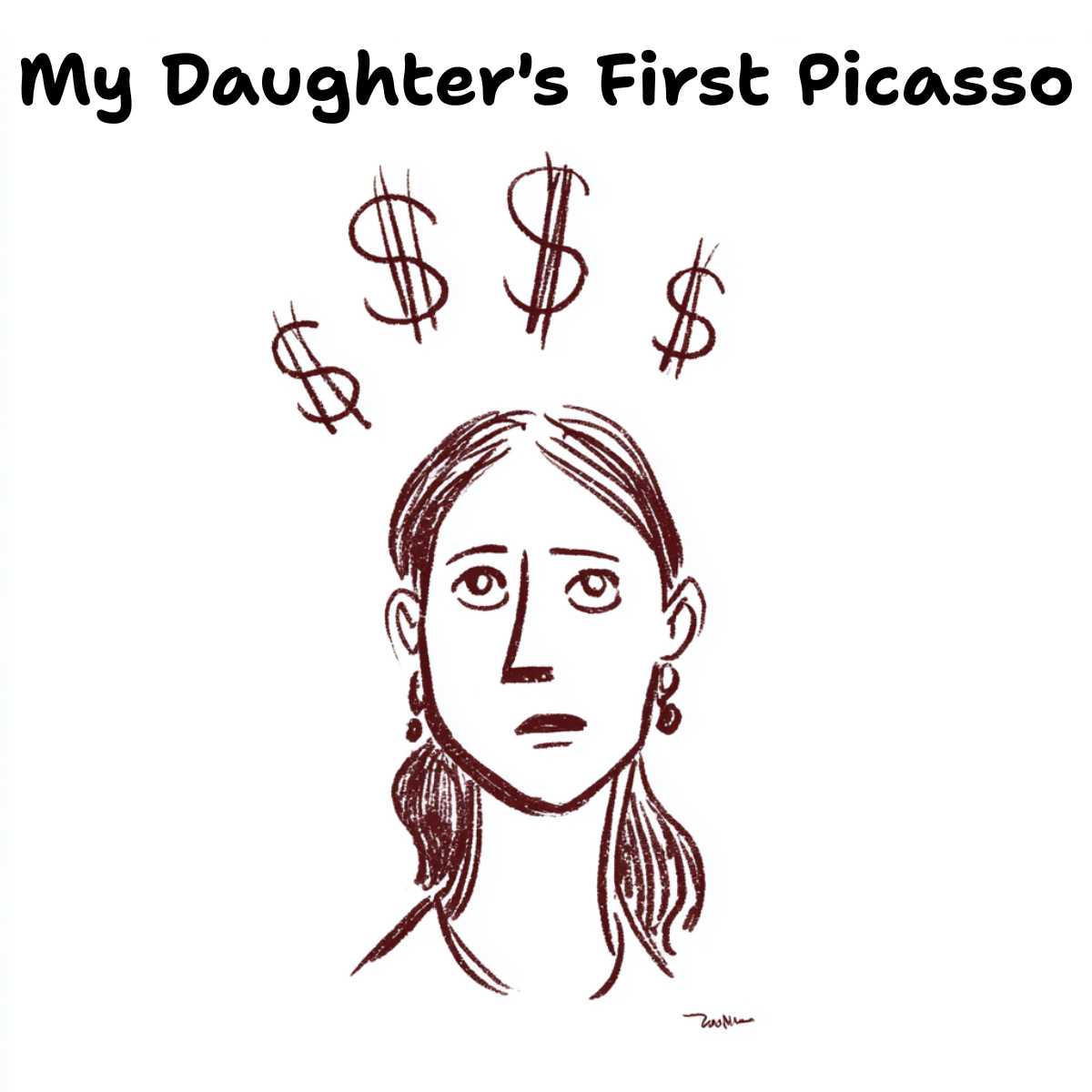“If you want to build a ship, don’t drum up workers, tell them to gather wood, and divide tasks among them. Instead, teach them to yearn for the vast and endless sea.” – Antoine de Saint-Exupery
Story telling was at one time in our history the only way that we could convey information to others, and pass knowledge to the next generation. Before YouTube, PowerPoint, ad Social Media all we had was the good ol camp fire tale. As a species, we got pretty good at it too. Countless stories were passed down from generation to generation and preserved quite well. We have books now that compile them for us and they are precious to us. The Torah, Aesop’s fables and many others are relics of our story telling past.
Every great leader that I have ever known, or heard speak were great story tellers. My grandfather, for example, was a masterful story teller and had the ability to capture your attention and tell a punch line with a sparkle in his eye and mischievous grin. Story telling captures hearts and minds and motivates people to take action. We remember stories, we pass them to others, and it is often the story that moves our society to action rather then any printed or recorded words.
So the ability to tell stories is an art form which can definitely be learned. It is a valuable life skill just as important as writing, arithmetic, and reading. The ability to convey a story will separate you from others, help you stand out in a sea of competition. You can win friends, influence people and build new and lasting relationships all because of your focus on crafting stories. Story telling is not something that you can take lightly, you must practice and work at it, rehearsing and learning the stories and cleaning them up so when that time comes to present them you will be able to deliver from memory, with enthusiasm, and do so in a succinct manner.
If you want to impress someone, throw out the presentation and work on your story, or even stories. Do you have stories ready to go to present on demand when a situation arises? Whatever your role is in life, a good set of stories to back you up are always a great thing to work on. Do you have something that you want people to buy? Then have some stories ready to go. Rehearsed and well practiced. An investment of time into crafting awesome stories will pay dividends in your next meetings when these topics come up. You will be remembered and the people with the slide show will be forgotten.
I took a leadership training course at Westpoint this last year and there was a training session on StoryTelling. In that session we learned how to craft a story. There are two parts.
Part 1 – The Story Strategy.
You should take time to ponder the following series of questions before creating your story. These questions prepare you mentally for how you want to convey your story, in what context and what message. Here are the list of questions:
1. Who is my story for (audience)?
2. Why do I need to tell it (context)?
3. What do I want my audience to do (actions)?
4. What do I want them to think (new thoughts)?
5. What do I want them to feel (new emotions)?
6. What main key message must my story convey (take away)?
Once you have contemplated these questions you are ready for part 2. The questions above should take about 20 minutes to complete.
Part 2 – The Story Plot
You will need to think of a story, something creative. A example case study, a client experience, your own experience, something from work, your childhood. It could be a sports story, or a mythological story. Really the canvas is wide open here. However, once you have an idea of a story that might teach the main message that you want to convey then you are ready to contemplate the following. You will notice that almost every story follows this formula. Think of it as climbing a mountain. The turning point is at the very pinnacle of that mountain.
1. What is the old situation and the catalyst or motivation for something different? Every story starts with where you or the primary actor came from. What was their old situation?
2. What were the challenges and obstacles getting in the way? Every story has a major hurdle, some big monster to slay, something to overcome. What were the challenges and obstacles?
3. Turning Point. Every story has a turning point, a time when you are the primary actor overcame the obstacle and had success. This is the pinnacle, the top of the mountain. What is the turning point of your story?
4. What is the new or better situation and what have you learned from this story? Every story has a lesson, what you learned and what the audience can learn from the story. What is the situation now that you have learned the lesson of the story?
A story should not be very long. Probably 3 minutes at the absolute most. In fact, you may want to consider how to shorten them even further. Short enough to keep people’s attention, but long enough to keep the four elements above in tact. Resist the urge to throw a bunch of unrelated explanation into your story. Stick to the tried and true story plot. You have all watched movies that you hated, I can almost guarantee that it is because the story “did not make sense.” Why? Probably because it did not follow the story plot. This is such an expected sequence that it is hard coded into our DNA, even my little kids growing up recognized a good story.
I have decided to commit myself to working on a story library. A library of stories that fit a given situation that I can use when needed. If I practice and work through them, then when a moment comes when I am needed to tell a story I will have it ready to go, my audience well defined, my plot considered and I will be able to deliver a successful and memorable story.
Guy Reams



